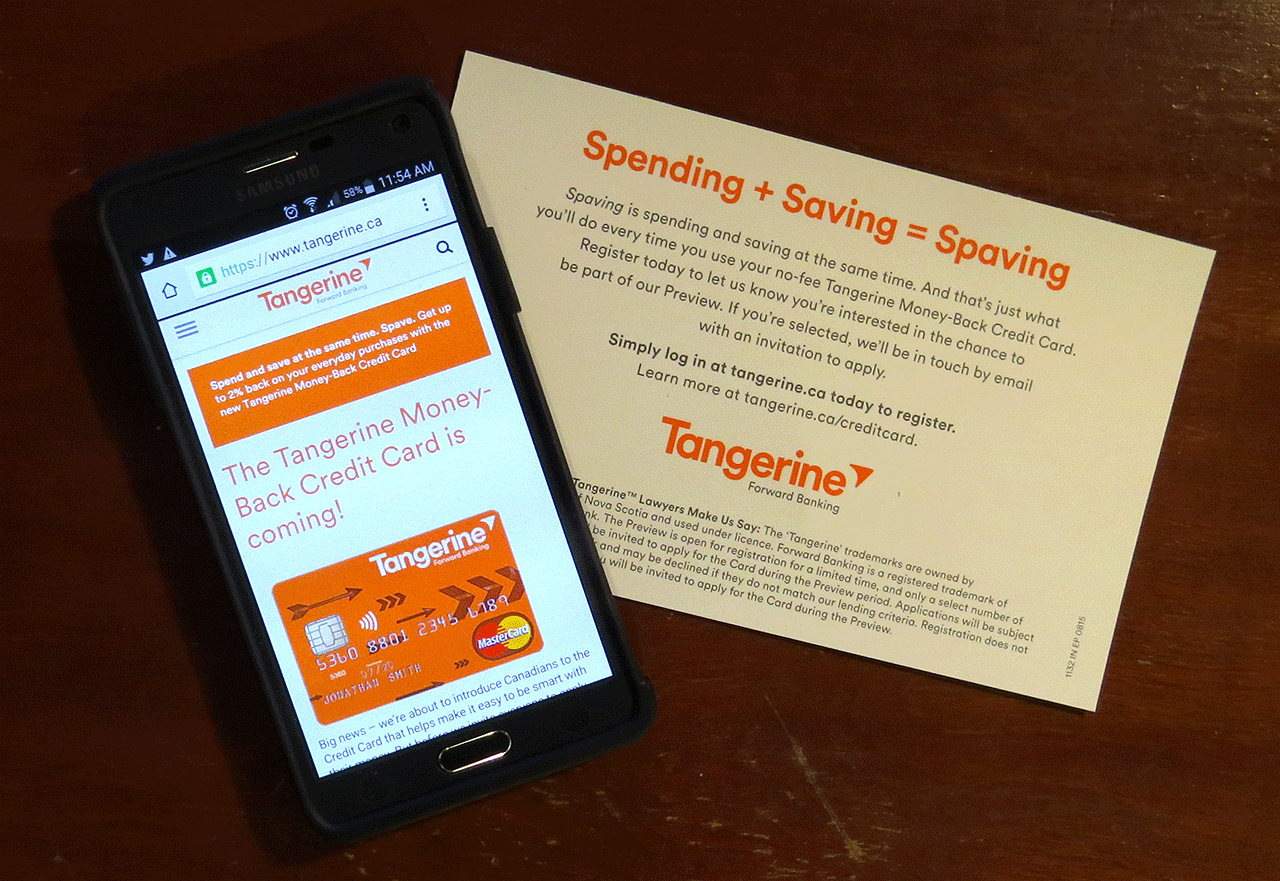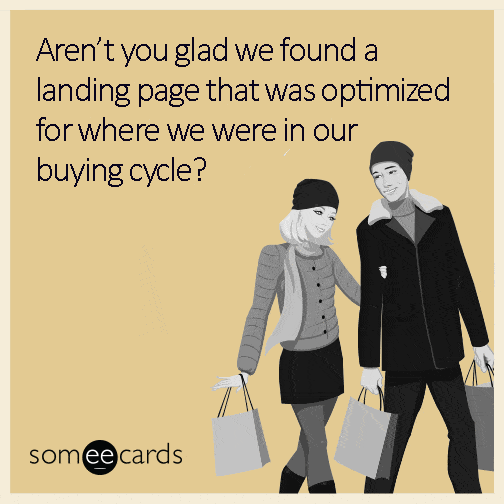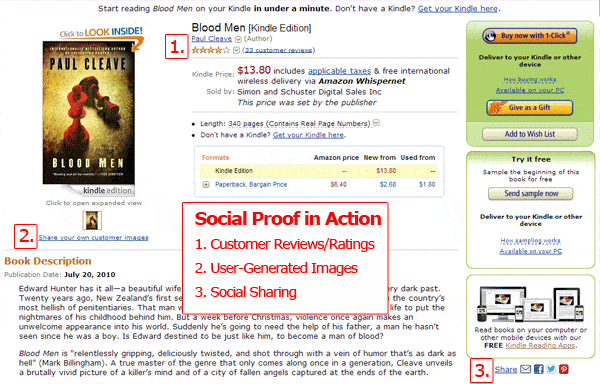Imagine that you could personally greet every potential customer; get a deep understanding of what she’s looking for, and why, and present her with the perfect solution – at the right price. Imagine the great referrals you’d get. Imagine how simple and easy it would be to grow your business. Imagine the awesome sales charts!
OK, let’s get back to reality.
While having the perfect solution to every client’s need may be a dream, digital marketing lets you get closer to it than any other marketing media. Landing pages are your opportunity to tailor your offer to increasingly thinner, more precise market segments.You can’t optimize a landing page for each customer, but you should do so for as many different segments and conversion paths as your resources allow. Here are a few tips to show you how:
1. Start with Espionage – Perhaps the most difficult hurdle on the road to landing page optimization is finding the starting point. It’s a good idea to research blog posts and case studies from across the web, but don’t use your findings as the exclusive indicator of where to begin. They tend to be general in their advice, and tailoring your landing pages is more than having an orange call-to-action button.
Chances are that your competitors are on the road to optimization, too. There’s nothing wrong with spying to find out what works and what doesn’t, specific to your marketplace.
With a thorough competitor analysis, you can discover your competitors’ lead generation practices, landing page optimization tactics, pricing policies, and more.
And don’t forget to “spy” on your customers too. Social media analysis shows you where they congregate and what their interests are so you can add segment-specific context to your landing page content.
2. Use Best Practices – Incredibly, there still exists entire industry sectors that use relatively undeveloped web marketing techniques. It means that even a good competitor analysis might not reveal the best way to optimize your pages.
Fortunately, there’s a wealth of information online that points to a variety of best landing page practices. Here are just a few:
- One Page, One Purpose – As Oli Gardner at Unbounce advises, “Your landing page isn’t Wikipedia. Focus on the task at hand and on making it the simplest experience it can possibly be. If you have any extra links on your page, cut them down with a giant scythe.”
- Contextual Headlines – Your customer arrives at your page from a particular place with a particular goal in mind. The first piece of content she consumes is the page’s headline. If it isn’t in context to her path to purchase, confirming that she is on the right track, she’s very likely to leave.
- Deliver it Pronto – How long do you wait for a web page to load? A University of Nebraska study found that “the tolerable waiting time for information retrieval is approximately 2 seconds.” If your webpage takes longer than that to display fully, it’s optimized for no one.
3. To Each Path Its Own Landing Page – We just mentioned that different customers land on your page from different places. Those traffic sources can also reveal the customer’s place in their buying cycle, and you can tailor your page to it.
Let’s look at quick examples using our favorite (due to its simplicity) awareness, interest, desire, action (AIDA) conversion path.
- Traffic from search engines – If a prospect clicks your link on a search engine results page, there’s a good chance that she’s early in the buying cycle and developing awareness of the options available to her.
- Traffic from social media – Using Facebook as an example, if someone clicks a link on your FB Page, she is likely familiar with its content and wants to visit your site to pursue the interest the that content triggered.
- Traffic from other media – If you add a landing page link to a brochure, or radio spot, or newspaper ad, the customer arrives on the page stoked with the information gleaned from the other media, and ready to move on to the next stage of the buying cycle.

4. Show Your Visitors a Reflection of Themselves – Regardless of how unique and individual each of us feels ourselves to be, we yearn to be part of a tribe or tribes. We really like to know that we’re not alone in making certain decisions. Especially purchase decisions.
Think about it. Let’s say you found what looked like the perfect solution for your needs – with free delivery and all. But then you found out that you’re the only person interested in the product. Suddenly the solution doesn’t seem so perfect. There must be something wrong with it if no one else found it desirable.
We all have concerns about exchanging our hard-earned cash for a product or service, regardless of how much we want it. But when we couple that desire with the knowledge that others, like us, have found value in the offer, it wipes out most of the concerns.
Your customers want to know that people just like them, who have the same problem, have chosen the solution in which they are interested. It’s called social proof and you can provide it on your landing page through testimonials, social sharing stats and user generated content.
5. It Ain’t Over ‘Til it’s Over and it Ain’t Ever Over – If there is one cliché that simply doesn’t apply to landing page optimization, it is “if it isn’t broken, don’t fix it”. Perhaps the biggest mistake you can make is to spend buckets of cash – spying on the competition, applying best practices, creating different landing pages and developing social proof – and then sit on your butt to wait for things to happen.
None of the points listed in this post are one-time propositions. Your competitive espionage must be an ongoing campaign, not a single mission. Make it a habit to continue to segment your markets and put more relevant landing pages in their paths. Keep researching and cultivating positive customer feedback and content.
And test it all. If you take nothing else away from this post, make AB or multivariate testing an integral part of optimizing your tailored landing pages. Every landing page you develop, and every change you make to them, is part of an ongoing learning curve of how to increase conversion rates. Testing tells you which lessons are the most valuable.
Source:
http://www.kompyte.com/4-landing-page-optimization-hacks-courtesy-of-your-competitors/






